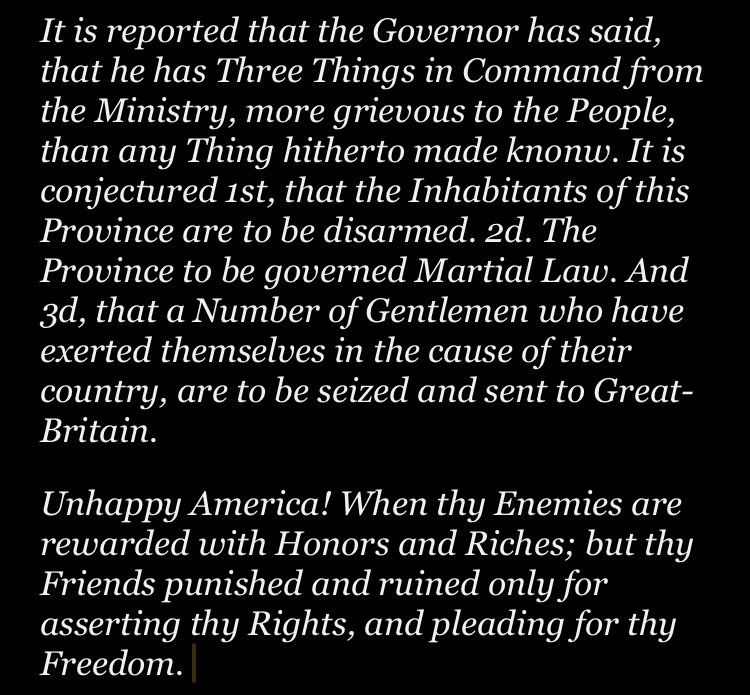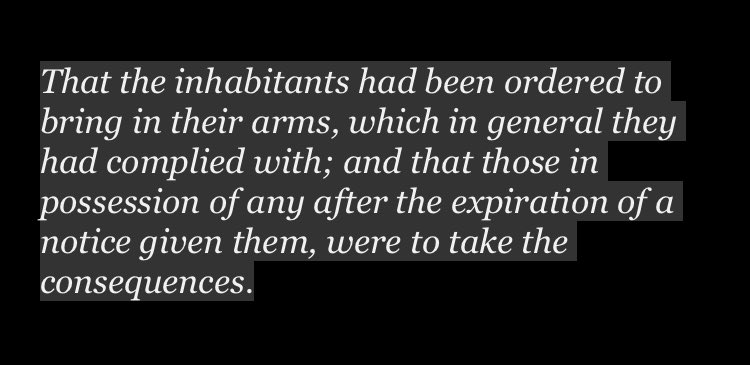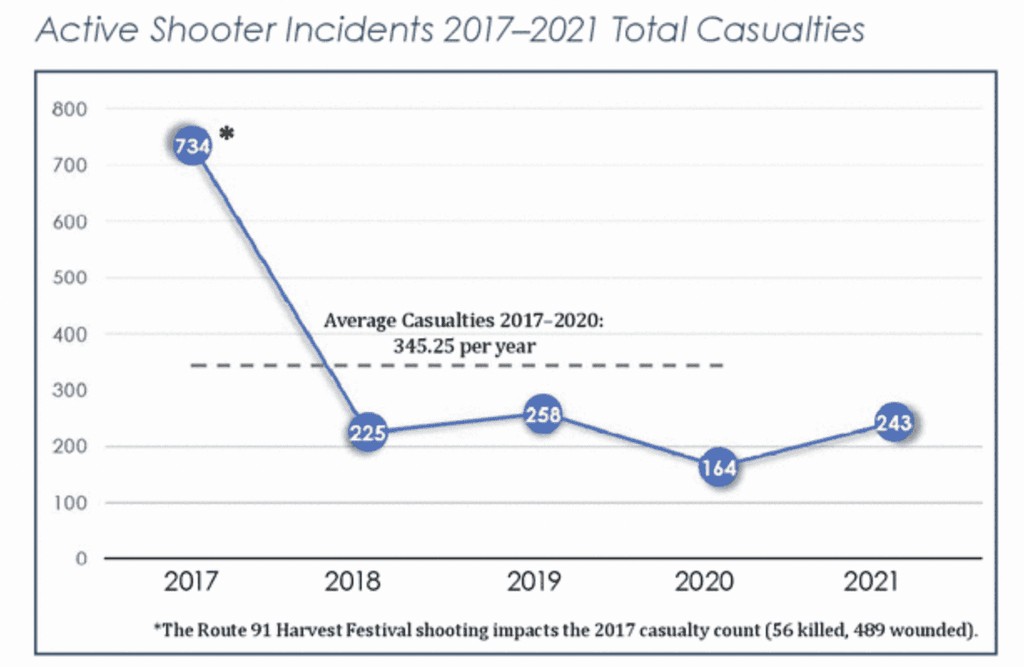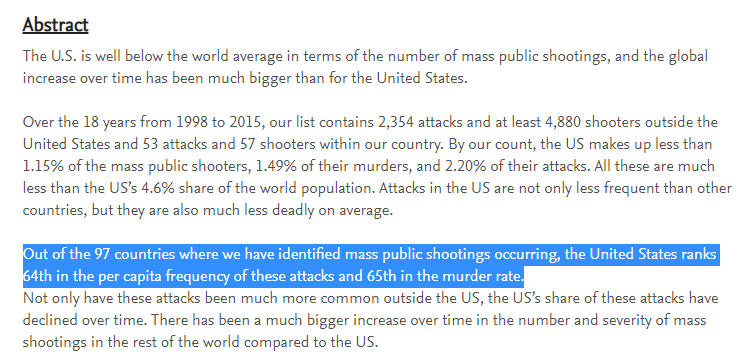Second Amendment still as relevant as in 1789
People are clamoring for oppressive and dangerous gun laws.
So-called common-sense laws like universal background checks and red flag laws that even proponents admit would not have stopped any of the shootings motivate their desire. All with hidden elements that will unfairly and oppressively affect the law-abiding and honest.
There are typically over 2,000 children each year who die from child abuse. There are thousands more who die of various preventable causes. Where is the moral outrage?
How about the thousands of teens who die needlessly of drug overdoses? Where is the moral outrage? Where are the demands for more laws regarding abuse, securing the border or stopping the influx of fentanyl, heroin and other drugs?
The purpose of the Second Amendment is not fighting our military, hunting, target shooting or even defense. The purpose of the Second Amendment is deterrence. Pure and simple.
A single armed individual can deter dozens of heavily armed law enforcement officials, as we saw recently in Texas, yet an unarmed individual is easily taken into custody at five in the morning by 20 or so heavily armed storm troopers while CNN films the entire affair.
There has been no gun confiscation because millions of firearms are owned by law-abiding citizens. This is the deterrence that the founders knew would be needed when corruption ultimately prevailed in Washington.
Corrupt politicians along with their naïve cohorts on both sides of the aisle are in a dead heat to make firearms ownership too complicated, too difficult and too expensive for the average individual.
If successful, only the elite will have armed security. The rest of us will be statistics for politicians to pontificate about when they talk down to the unwashed and ignorant masses, begging them for law and order.
I’m not willing to compromise on this because compromise is just losing at a slower rate. When it comes to individual liberty and rights there can be no compromise — especially when the proposed compromises do nothing to address the mentally ill, the evil, the criminal and those intent on doing harm.
Every proposed encroachment on our rights is just that — an encroachment with no net benefit.
While many have compromised on perversion, distortions of reality, acceptance of idiocy, alternate realities and indoctrination of their children, I for one will not compromise on the Second Amendment … period.









